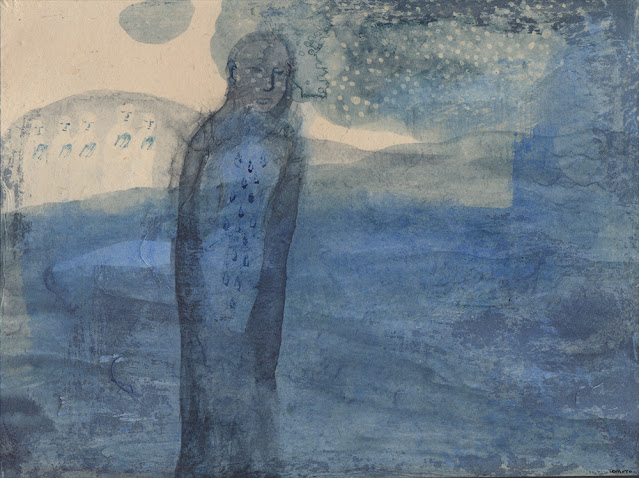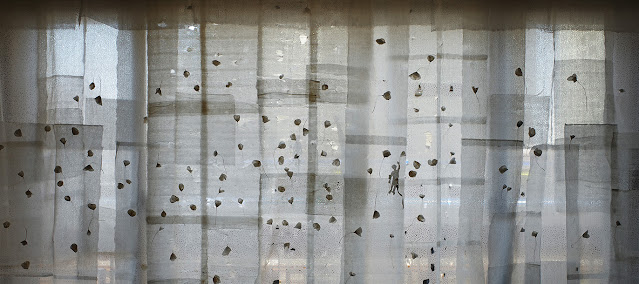copyright - Tomoyo Ihaya 2024
March 10th, Tibetan Uprising Day is around corner again. It commemorates the 1959 Tibetan uprising which began on March 10th in Lhasa against the presence of the People's Republic of China in Tibet.
Every year, all over the world, Tibetan people and their supporters gather and march on the street, raising slogans for freedom and return of their homeland.
Last year, the piece of poem written in Tibetan came out from Tibet to people in exile around March 10th. It was read in front of the crowd both in Tibetan and Ensligh at the protest rally which I attended.
Later, I asked my poet/activist friend, Tenzin Tsundue, to re-translate it into English.
Yesterday, February 27th, was the 15th anniversary of the first Tibetan self -immolation in Tibet*.
To remember each of over 160 people who self-immolated and in hope that their tragic sacrifices will not be in vain, I share the poem by the unknown person in Tibet. I also share this while praying all the lives which are lost every day on this earth due to unnecessary, ignorant and greedy war affairs. Nobody should have to go through the extreme suffering.
Prayers for the true freedom and peace in Tibet and on this whole earth.
_
Each Flame Each Life
Each Flame, each life
The living spirit of my countryman
Burnt in red flame,
Burnt for freedom,
The eternal flame in our ignorance.
When I see the flickering flames,
The heart burns,
Burns my soul.
When I see the flickering red flames,
My teardrops melts,
This cry breaks out.
Each flame each life
The living spirit of
My country man burnt in red flames,
Burnt for freedom.
I have your treatment in my heart
When I see the flickering red flames,
My tear drops melt
This cry breaks out.
Each flame each life
The living spirit of my countryman
Burnt in red flames,
Burnt for freedom
- Unknown, March 2023, Translated by Tenzin Tsundue in April 2023
*Yesterday was the 15th anniversary of the first Tibetan self-immolation in Tibet - Tapey, a money from Kirti monastery, set fire on himself on February 27, 2009.
Since 2009, more than 150 Tibetans have self immolated to protest against repression from the Chinese communist government (Text by Tsering Kyi la)























